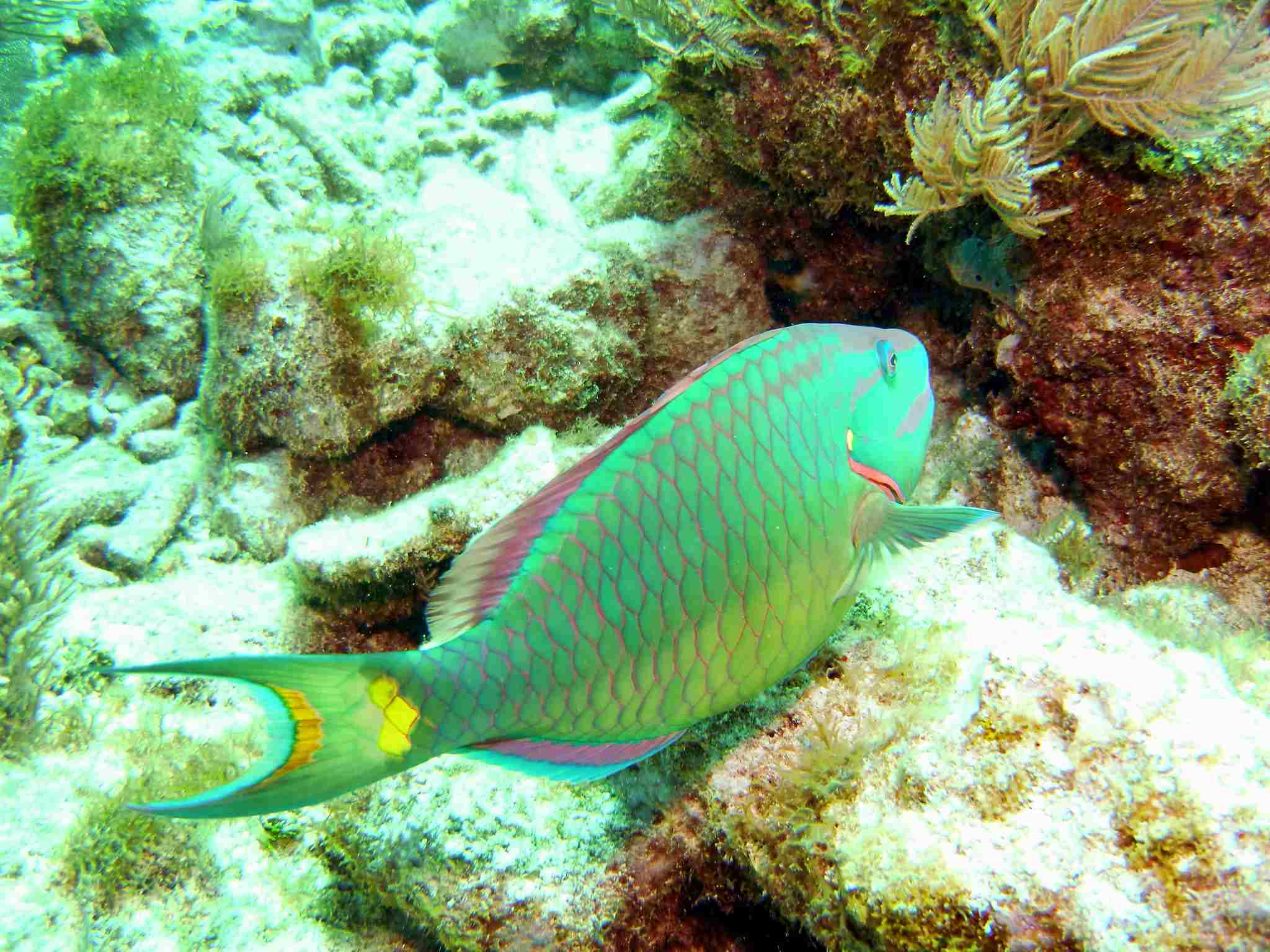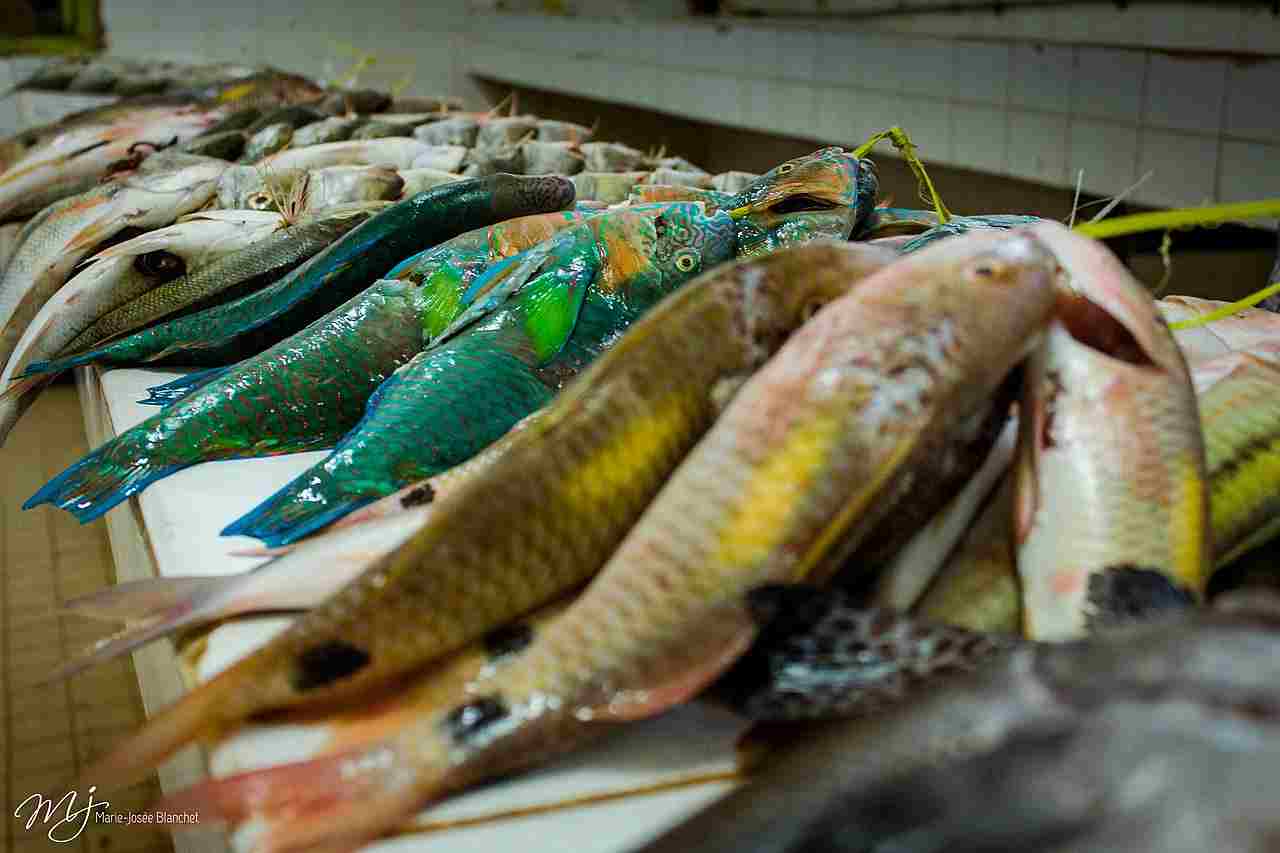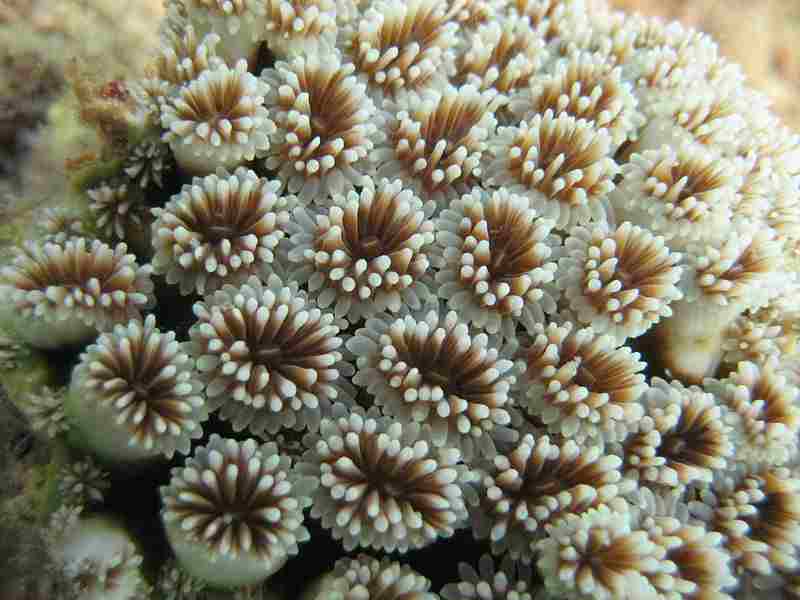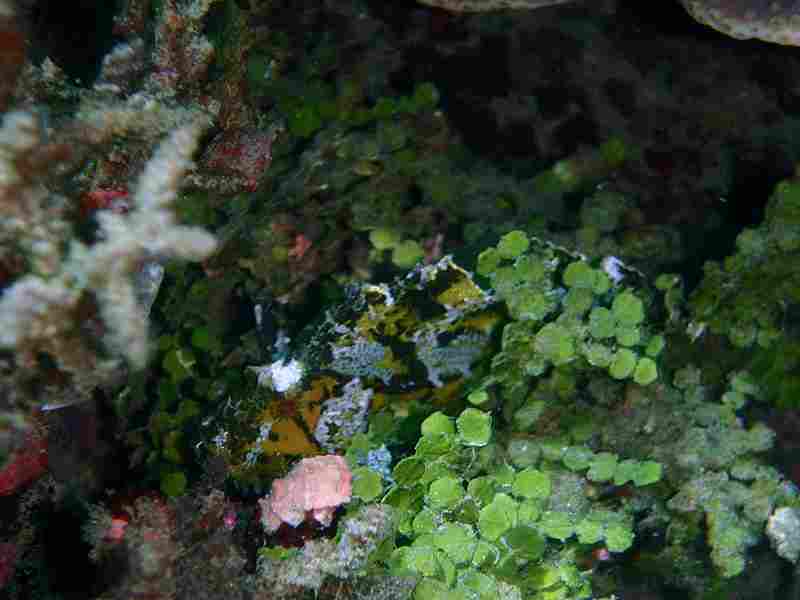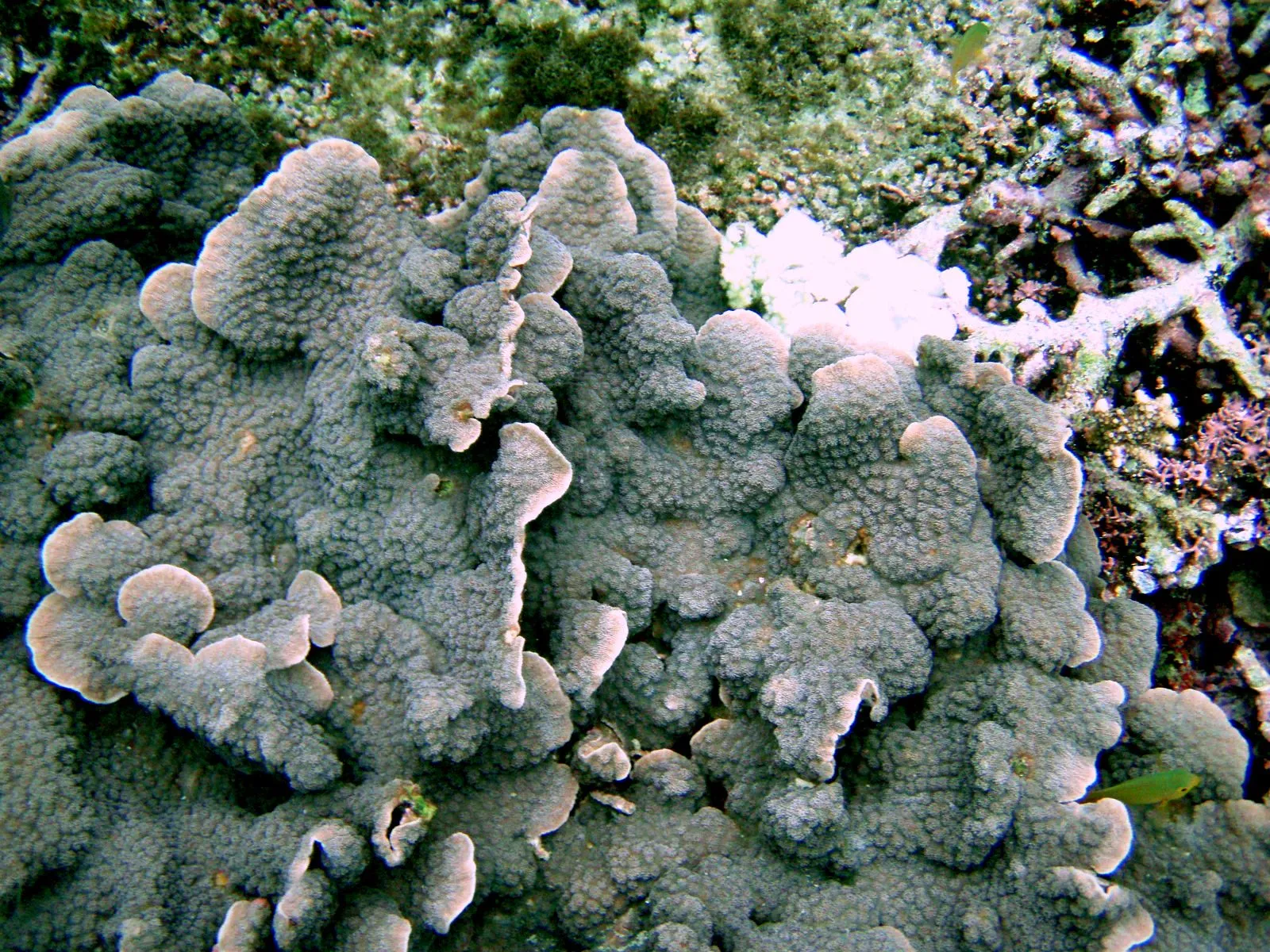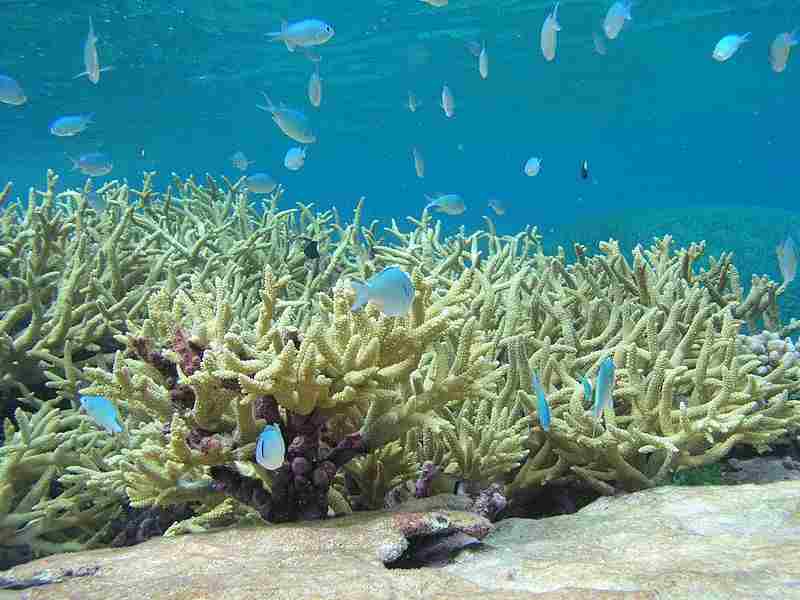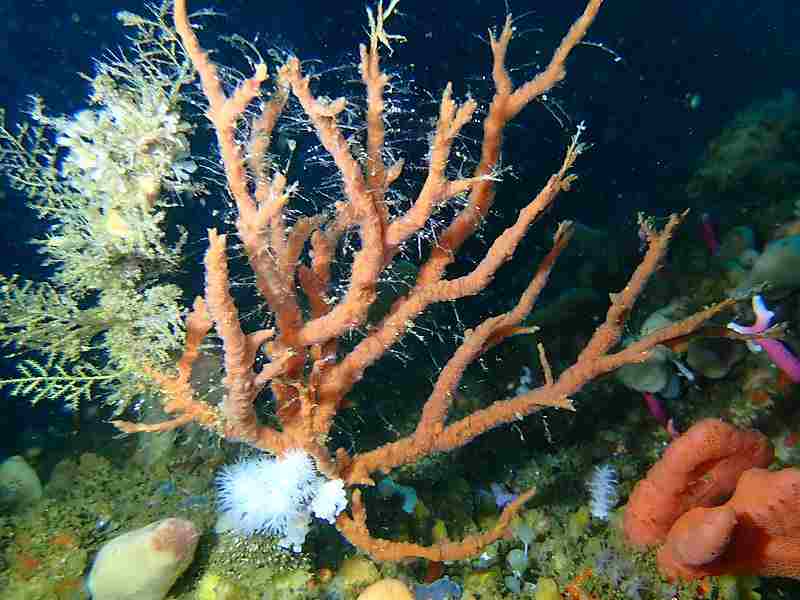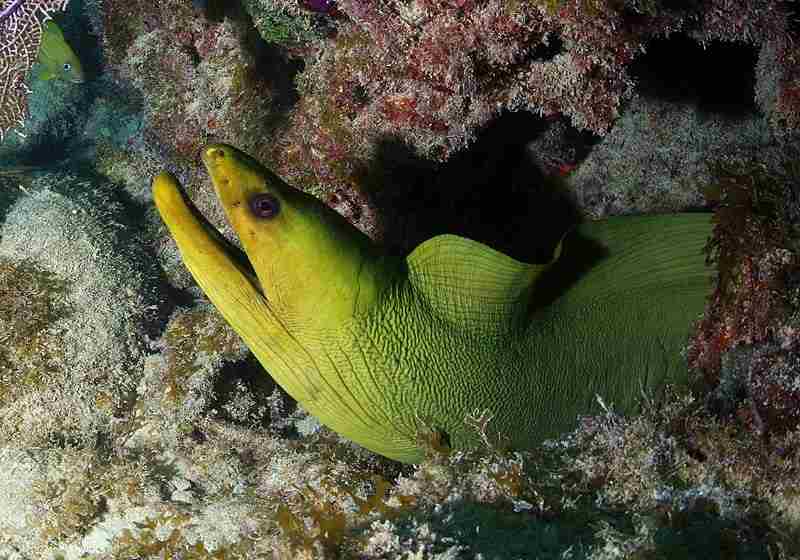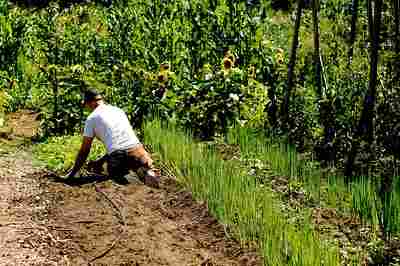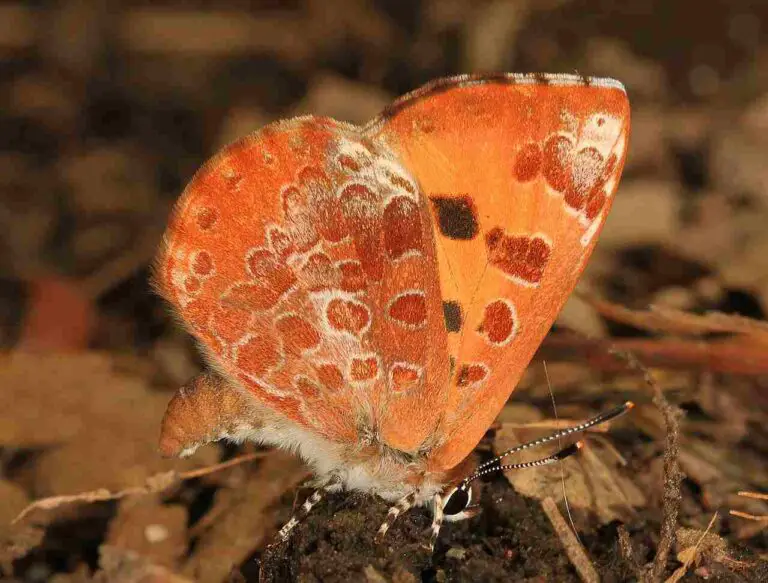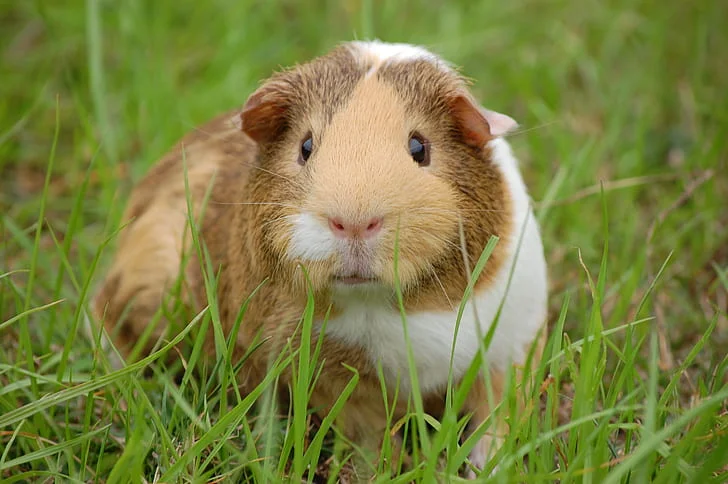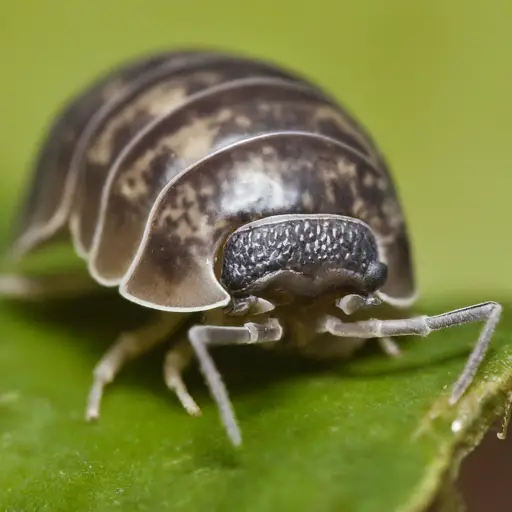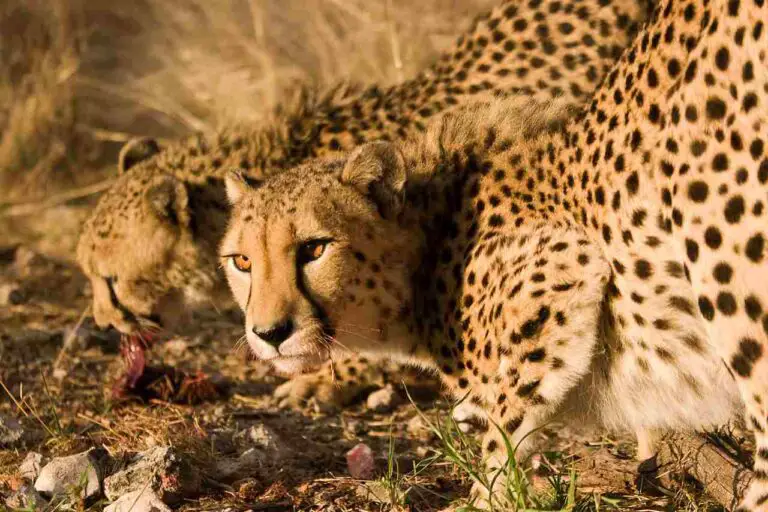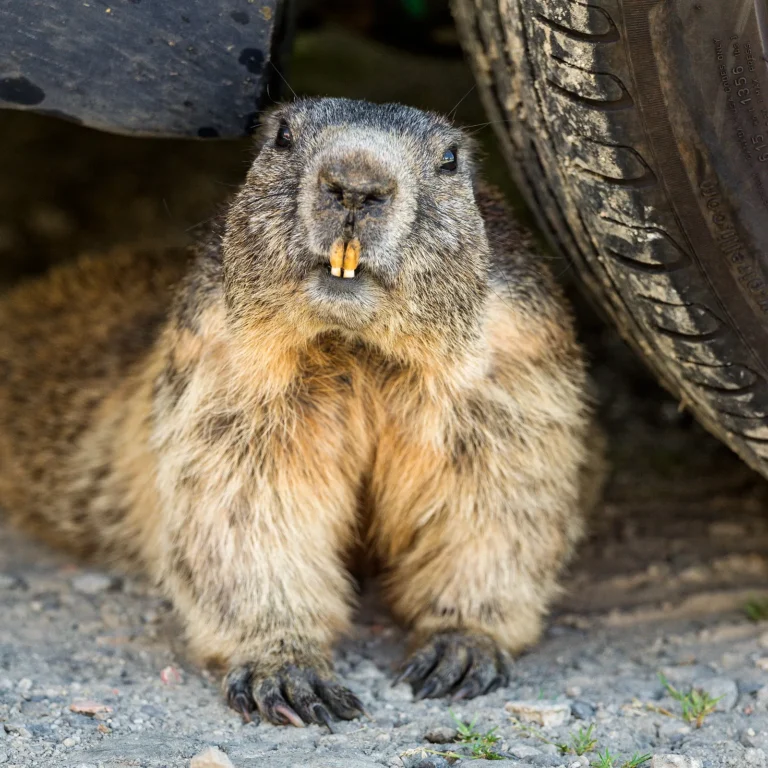9+ Primary Consumers in the Great Barrier Reef Discussed
Primary consumers in the Great Barrier Reef are vital for maintaining ecosystem balance. These include sea urchins, sea sponges, copepods, coral polyps, queen conchs, parrotfish, rabbitfish, surgeonfish, Atlantic blue tangs, abalone, and dugongs. They play crucial roles such as controlling algae growth, filtering water, supporting nutrient cycling, and providing food for higher trophic levels.
1. Sea Urchin
Sea urchins are crucial primary consumers within the Great Barrier Reef ecosystem. These marine invertebrates play a significant role in controlling algae populations, thus helping to maintain the balance of the reef ecosystem. Sea urchins primarily feed on algae, including both macroalgae and microalgae. They use their specialized feeding structures, called Aristotle’s lantern, to scrape algae off surfaces such as rocks and coral.
The grazing activities of sea urchins help prevent the overgrowth of algae, which can smother coral and other reef organisms if left unchecked. By consuming algae, sea urchins create space for coral settlement and growth, contributing to the overall health and biodiversity of the reef.
Furthermore, sea urchins serve as a food source for various predators within the reef ecosystem, including fish, crustaceans, and sea stars. Their population dynamics and behaviors are influenced by factors such as water temperature, nutrient availability, and predation pressure. As such, sea urchins play a critical role in the trophic dynamics and resilience of the Great Barrier Reef ecosystem.
2. Sea Sponge
Sea sponges are essential primary consumers in the Great Barrier Reef ecosystem. These simple multicellular organisms filter feed on microscopic particles, including bacteria, plankton, and organic detritus, from the surrounding water. Sea sponges possess specialized cells called choanocytes, which create water currents to draw in food particles and oxygen while expelling waste products.
By filtering large volumes of water, sea sponges help maintain water clarity and quality within the reef environment. They also play a role in nutrient cycling by consuming organic matter and releasing nutrients back into the ecosystem through their waste products. Additionally, sea sponges provide habitat and refuge for a diverse range of marine organisms, contributing to the overall biodiversity and ecological balance of the reef.
3. Copepods
Copepods are tiny crustaceans that serve as important primary consumers in the Great Barrier Reef ecosystem. These planktonic organisms play a vital role in the marine food web by grazing on phytoplankton and other organic matter suspended in the water column. Copepods are incredibly abundant and are a primary food source for many higher trophic level organisms, including fish, shrimp, and filter-feeding organisms such as corals and bivalves.
The abundance and distribution of copepods in the reef ecosystem are influenced by factors such as water temperature, nutrient availability, and predation pressure. They exhibit seasonal fluctuations in population size, with peak abundances often coinciding with periods of high phytoplankton productivity. As key components of the planktonic community, copepods play a crucial role in energy transfer and nutrient cycling within the reef ecosystem.
4. Coral Polyps
Coral polyps are the primary builders of coral reefs and are fundamental primary consumers within the Great Barrier Reef ecosystem. These tiny, colonial animals form symbiotic relationships with photosynthetic algae called zooxanthellae, which live within their tissues and provide them with nutrients through photosynthesis. Coral polyps also capture plankton and other organic particles from the water column using their tentacles and mucous nets.
As primary producers, coral polyps play a vital role in reef productivity and biodiversity. They provide habitat and food for numerous other reef organisms, including fish, crustaceans, and mollusks. Additionally, coral reefs protect coastlines from erosion, support local economies through tourism and fisheries, and contribute to global carbon cycling and climate regulation. Protecting coral polyps and their reef habitats is essential for the health and resilience of the Great Barrier Reef ecosystem.
5. Queen Conch
The queen conch (Strombus gigas) is a primary consumer that plays a significant role in the Great Barrier Reef ecosystem. These large marine snails primarily feed on algae, seagrasses, and detritus found on the reef substrate. Queen conchs use their muscular foot to graze on algae and other organic matter, contributing to the regulation of algal growth and nutrient cycling within the reef environment.
In addition to their role as primary consumers, queen conchs serve as prey for various predators within the reef ecosystem, including fish, crustaceans, and cephalopods. Human harvesting of queen conchs for food and the ornamental shell trade has led to population declines in some areas, highlighting the importance of sustainable management practices to ensure the conservation of this species and its ecological role within the Great Barrier Reef.
6. Parrotfish
Parrotfish are colorful reef fish that serve as important primary consumers in the Great Barrier Reef ecosystem. These herbivorous fish play a crucial role in controlling algae populations on the reef by grazing on algae-covered surfaces, including coral and rocks. Parrotfish use their beak-like teeth to scrape algae off the substrate, contributing to the maintenance of reef health and biodiversity.
In addition to their role in algae control, parrotfish also play a role in coral reef formation and sediment production. They ingest coral rock while feeding on algae and other benthic organisms, grinding it up in their digestive system, and excreting it as fine sand. This process, known as bioerosion, contributes to the production of coral sand, which forms the sandy beaches and islands associated with coral reefs.
7. Rabbitfish
Rabbitfish, also known as spinefoots or siganids, are herbivorous reef fish that serve as primary consumers within the Great Barrier Reef ecosystem. These fish primarily feed on algae and seagrasses found on the reef substrate, using their specialized pharyngeal teeth to graze on vegetation. Rabbitfish play a vital role in controlling algal growth on the reef, helping to maintain the balance of the ecosystem.
In addition to their role as primary consumers, rabbitfish serve as prey for various predators within the reef community, including larger fish, sharks, and marine mammals. Their abundance and distribution within the reef ecosystem are influenced by factors such as habitat availability, predation pressure, and competition for resources. Protecting rabbitfish populations and their habitats is essential for the health and resilience of the Great Barrier Reef ecosystem.
8. Surgeonfish
Surgeonfish, also known as tangs or doctorfish, are primary consumers that play a crucial role in the Great Barrier Reef ecosystem. These reef fish are herbivores, primarily feeding on algae and other plant material found on the reef substrate. Surgeonfish use their specialized dental plates and beak-like mouths to graze on algae, contributing to the regulation of algal growth and the maintenance of reef health.
In addition to their role as primary consumers, surgeonfish also serve as prey for various predators within the reef ecosystem, including larger fish, sharks, and marine mammals. Their grazing activities help create space for coral settlement and growth, supporting the overall biodiversity and ecological balance of the reef.
Surgeonfish exhibit a wide range of colors and patterns, making them popular attractions for snorkelers and divers visiting the Great Barrier Reef. However, like many reef species, surgeonfish populations face threats from habitat degradation, overfishing, and climate change. Conservation efforts aimed at protecting surgeonfish populations and their habitats are essential for the long-term health and resilience of the reef ecosystem.
9. Atlantic Blue Tang
The Atlantic blue tang (Acanthurus coeruleus) is a primary consumer found in the Great Barrier Reef ecosystem. These colorful reef fish are herbivores, primarily feeding on algae and detritus found on the reef substrate. Atlantic blue tangs use their specialized mouthparts and dental plates to scrape algae off rocks and coral, contributing to the regulation of algal growth and the maintenance of reef health.
In addition to their role as primary consumers, Atlantic blue tangs also serve as prey for various predators within the reef community, including larger fish, sharks, and marine mammals. Their grazing activities help create space for coral settlement and growth, supporting the overall biodiversity and ecological balance of the reef.
Atlantic blue tangs are popular aquarium fish due to their vibrant coloration and unique body shape. However, like many reef species, they face threats from habitat degradation, overfishing, and climate change. Conservation efforts aimed at protecting Atlantic blue tang populations and their habitats are crucial for the long-term health and resilience of the Great Barrier Reef ecosystem.
10. Abalone
Abalone are important primary consumers in the Great Barrier Reef ecosystem. These marine gastropod mollusks graze on algae and other organic matter found on the reef substrate. Abalone use their specialized rasping tongue, called a radula, to scrape algae off rocks and other surfaces, contributing to the regulation of algal growth and the maintenance of reef health.
In addition to their role as primary consumers, abalone also serve as prey for various predators within the reef community, including fish, crustaceans, and cephalopods. Their grazing activities help create space for coral settlement and growth, supporting the overall biodiversity and ecological balance of the reef.
Abalone populations are sensitive to changes in environmental conditions, including water temperature, nutrient availability, and predation pressure. Overexploitation and habitat degradation have led to declines in abalone populations in some areas, highlighting the importance of sustainable management practices to ensure the conservation of this species and its ecological role within the Great Barrier Reef.
11. Dugong
Dugongs, also known as sea cows, are herbivorous marine mammals that serve as primary consumers in the Great Barrier Reef ecosystem. These large, slow-moving creatures primarily feed on seagrasses found in shallow coastal waters and lagoons. Dugongs use their strong lips and tusks to uproot seagrass from the seafloor, consuming large quantities of vegetation each day.
As primary consumers, dugongs play a crucial role in shaping seagrass meadows and maintaining the health of coastal ecosystems. Their grazing activities help prevent the overgrowth of seagrass, promoting the growth of new shoots and enhancing habitat diversity for other marine organisms.
Dugongs are listed as vulnerable species due to habitat loss, pollution, and human disturbances such as boat strikes and entanglement in fishing gear. Conservation efforts aimed at protecting dugong populations and their seagrass habitats are essential for the long-term health and resilience of the Great Barrier Reef ecosystem.
*Summary
-
Sea Urchin:
-
Grazes on algae, controlling its growth.
-
Plays a crucial role in maintaining reef ecosystem balance.
-
-
Sea Sponge:
-
Filters microscopic particles, maintaining water clarity.
-
Contributes to nutrient cycling and provides habitat for marine organisms.
-
-
Copepods:
-
Graze on phytoplankton, forming the base of the marine food web.
-
Important for energy transfer and nutrient cycling within the ecosystem.
-
-
Coral Polyps:
-
Form symbiotic relationships with zooxanthellae, providing nutrients to corals.
-
Capture plankton and contribute to reef formation through bioerosion.
-
-
Queen Conch:
-
Grazes on algae and detritus, controlling algal growth.
-
Serves as prey for various predators, including humans.
-
-
Parrotfish:
-
Graze on algae, contributing to reef health and biodiversity.
-
Play a role in coral reef formation through bioerosion.
-
-
Rabbitfish:
-
Herbivorous fish that graze on algae and seagrasses.
-
Contribute to algae control and serve as prey for predators.
-
-
Surgeonfish:
-
Herbivorous fish that graze on algae, maintaining reef balance.
-
Colorful and popular attractions for snorkelers and divers.
-
-
Atlantic Blue Tang:
-
Herbivorous fish that graze on algae, contributing to reef health.
-
Popular aquarium fish facing threats from habitat degradation.
-
-
Abalone:
-
Graze on algae and organic matter, supporting reef health.
-
Vulnerable to overexploitation and habitat degradation.
-
-
Dugong:
-
Herbivorous marine mammals that graze on seagrasses.
-
Maintain seagrass meadows and support coastal ecosystem health.
-
| Primary Consumers | Summary |
| Sea Urchin |
Grazes on algae, controlling its growth. Plays a crucial role in maintaining reef ecosystem balance.
|
| Sea Sponge |
Filters microscopic particles, maintaining water clarity. Contributes to nutrient cycling and habitat provision.
|
| Copepods |
Graze on phytoplankton, forming the base of the marine food web. Important for energy transfer and nutrient cycling.
|
| Coral Polyps |
Form symbiotic relationships with zooxanthellae, providing nutrients to corals. Contribute to reef formation through bioerosion.
|
| Queen Conch |
Grazes on algae and detritus, controlling algal growth. Serves as prey for various predators, including humans.
|
| Parrotfish |
Graze on algae, contributing to reef health and biodiversity. Play a role in coral reef formation through bioerosion.
|
| Rabbitfish |
Herbivorous fish that graze on algae and seagrasses. Contribute to algae control and serve as prey for predators.
|
| Surgeonfish |
Herbivorous fish that graze on algae, maintaining reef balance. Colorful and popular attractions for snorkelers and divers.
|
| Atlantic Blue Tang |
Herbivorous fish that graze on algae, contributing to reef health. Popular aquarium fish facing threats from habitat degradation.
|
| Abalone |
Graze on algae and organic matter, supporting reef health. Vulnerable to overexploitation and habitat degradation.
|
| Dugong |
Herbivorous marine mammals that graze on seagrasses. Maintain seagrass meadows and support coastal ecosystem health.
|
